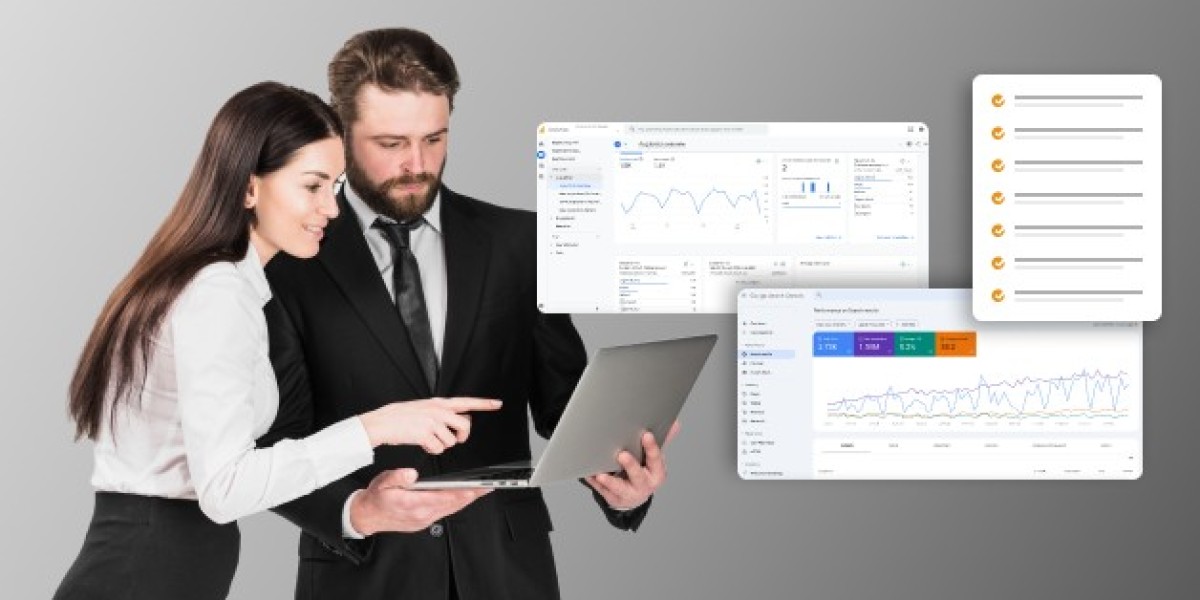Launching a successful pay-per-click (PPC) campaign in 2025 requires more than just keywords and ad copy. With evolving trends, AI-driven automation, and stricter privacy regulations, marketers must be extra cautious. A solid foundation ensures your ads are efficient, cost-effective, and ROI-driven from day one. Whether you're launching a new campaign or revisiting an old one, a thorough PPC audit should always be the first step.
Why a PPC Campaign Checklist Matters in 2025
The digital advertising space is more competitive than ever. Without a structured checklist, you risk wasting ad spend, missing out on audience targeting opportunities, and underperforming in crucial metrics like CTR and conversions. With the introduction of enhanced AI tools in platforms like Google Ads, relying on manual setups alone is outdated. A refined PPC campaign checklist guides you through updated strategies while reducing errors.
Pre-launch: Foundation Setup
1. Define Clear Campaign Goals
Every campaign must begin with specific, measurable goals. Ask yourself:
Are you aiming for leads, sales, or brand awareness?
What is your CPA or ROAS target?
How will you track and measure success?
2. Conduct a Detailed Review
Before launching anything new, review of your previous campaigns:
Identify top-performing keywords and ads
Check budget allocations and bid strategies
Review negative keyword lists
Evaluate historical CTRs and Quality Scores
Auditing reveals insights to build stronger future campaigns and avoid repeat mistakes.
3. Google Ads Setup Essentials
In 2025, the Google Ads setup has become more automated yet complex. Here’s what to double-check:
Account structure: Organize by campaign type (Search, Display, Performance Max)
Conversion tracking: Use enhanced conversions and offline imports
Audience segmentation: Include both first-party data and intent-based signals
Budget distribution: Align daily spend with campaign objectives and lifecycle
Campaign Creation: Tactics and Execution
4. Use AI Smart Bidding with Caution
AI bidding strategies like Maximize Conversions and Target CPA are helpful, but they work best with enough historical data. Avoid relying solely on automation for new campaigns. Monitor closely for performance spikes or dips.
5. Ad Copywriting & Assets Optimization
Make your ads compelling and click-worthy:
Highlight benefits, not just features
Use numbers, limited-time offers, or questions
Add responsive search ads with multiple headlines and descriptions
Include all applicable ad extensions
6. Keyword Strategy & Match Types
The way keywords work is changing. Exact match is not what it used to be. Your PPC campaign checklist should now include:
Broad match with audience layering for reach
Phrase match for relevance
Long-tail keyword research using tools like SEMrush or Ahrefs
Tracking, Testing & Compliance
7. Set Up Robust Tracking
In a cookie-less world, first-party data and server-side tagging are critical. Verify that:
Google Tag Manager is properly configured
Enhanced conversions and GA4 are synced
Offline data imports (for B2B and longer sales cycles) are active
8. A/B Testing Plan
Continual testing drives better results:
Test ad copy, images (for Display), and CTAs
Rotate creatives every 4-6 weeks
Use experiments in Google Ads for split testing
9. Privacy and Ad Policy Compliance
2025 is seeing tighter regulations. Your checklist should include:
Updated privacy policy on your landing page
Compliance with GDPR, CCPA, and other regional laws
Avoiding sensitive categories or prohibited content
Post-launch: Optimization & Scaling
10. Daily, Weekly & Monthly Reviews
Don’t set it and forget it. Effective PPC Management Services involve:
Daily checks for spend anomalies or disapprovals
Weekly adjustments to bids, keywords, and creatives
Monthly reporting on KPIs and ROAS
11. Run Regular PPC Audits
Schedule a review every quarter—even mid-campaign. Use these audits to:
Eliminate low-performing ad groups
Refresh negative keyword lists
Reallocate budget from underperformers to top drivers
12. Expand to Omnichannel
If you're seeing results in Google Ads, consider expanding to:
Microsoft Ads
LinkedIn (for B2B)
Meta Ads for retargeting
Use a unified tracking system and align your messaging across platforms.
Conclusion
The PPC campaign checklist for 2025 is no longer just a basic to-do list—it’s a dynamic blueprint that adapts to technological changes, user behavior, and policy shifts. With smarter tools, stricter regulations, and new consumer expectations, advertisers must stay vigilant.
Start by reviewing your Google Ads setup, and regularly revisit your checklist to stay ahead. And if you’re overwhelmed with managing every moving part, consider working with expert support to ensure every dollar you spend drives measurable returns.
By following this 2025-ready PPC campaign checklist, you'll position your campaigns for better reach, higher conversions, and a stronger competitive edge.







